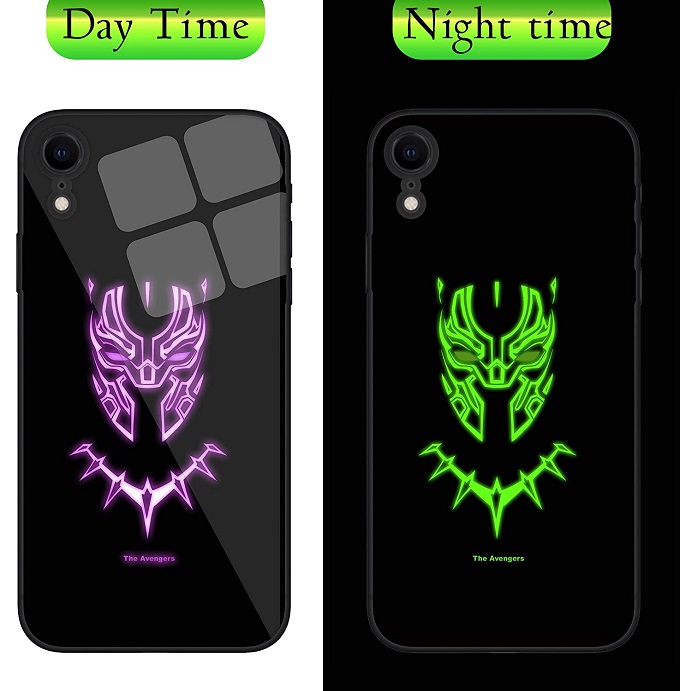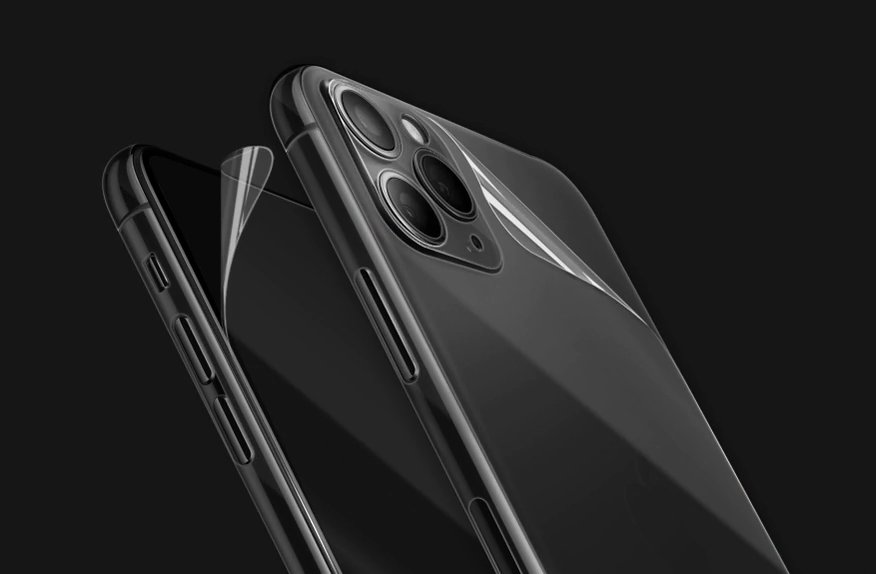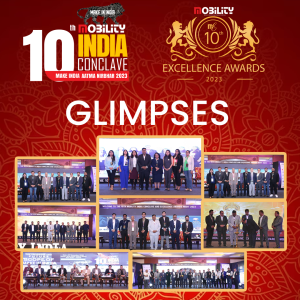With advent of technological advancements in smartphone LED display, IPS-LCD, Super AMOLED and infinity displays, etc. users are more cautious about their devices, since these smartphone displays constitute a major chunk of the overall cost. Therefore, high cost of premium smartphones, coupled with the threat of screen damage, has boosted the sales of screen protectors in the recent years. It offers added benefits to the user such as UV protection, anti-glare, no clarity loss, etc. Further, growing e-commerce industry has shown notable gains in increasing sales and shipment of such smartphones and their accessories in developing economies such as India and China. Rising disposable income coupled with change in lifestyle has led to increase in the probability of consumer spending on media, entertainment, and mobile communication.
Emergences of gaming phones which require responses to operate with multi-touch are prone to mishandling, smudges and scratches. Therefore, demand for smartphone screen protectors composed by the toughest materials such as tempered glass has been accelerating at a steady rate. In addition, growing demand for refurbished and second-hand smartphones owing to reduced cost is expected to drive the overall smartphone screen protector market size by 2025.

Rapid transformations and changing display technology such as foldable display in upcoming smartphones are creating lucrative opportunities for the screen protector market. For instance companies like Samsung, Huawei, Xiaomi and Royole all have folding phones in the works. Therefore, introduction of new generation sleek models of tablets and smartphones necessitates the use of screen protector by users. However, availability of raw material might restrain the market in near future since they are derived from plastic.

Smartphone screen protector market segment by material includes tempered glass, thermoplastic polyurethane, polyethylene terephthalate, and other such as multi-layered. Tempered glass segment has emerged as the most durable material used in the production of screen protectors owing to risk mitigation properties in both medium and high-end smartphones. They provide extreme impact protection and smooth touch screen sensitivity. Moreover, excellent adhesion characteristics combined with diminishing tempered glass screen protectors’ prices is expected to drive the demand for smartphone screen protectors over the forecast period. Other segments such as PET protectors comprise of a polyester film with a scratch-resistant coating on one side and silicone adhesive on other. However, these are less durable as compared to their counterparts.

The application areas of smartphone screen protector include smartphones and tablets. Increasing demand for low price smartphones introduced by companies like oppo, Xiaomi, vivo is expected to lead to a rise in demand for screen protectors. Furthermore, increasing per capita income of the medium class consumers will subsequently increase purchasing power of smartphone buyers which will further drive demand for protective smartphone accessories over the forecast timeframe.






